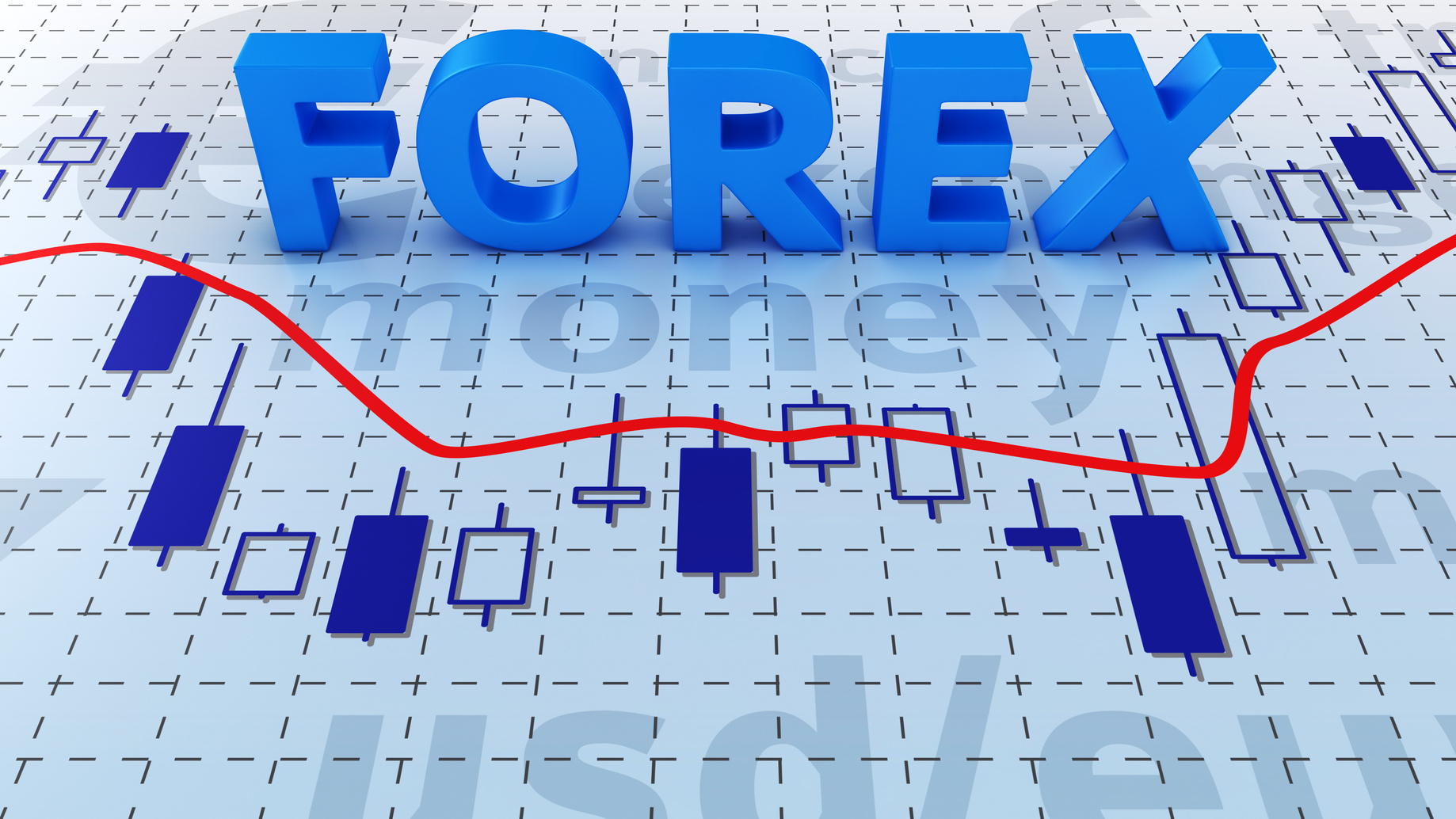At a basic level, like nearly all other financial markets, forex and commodity market prices are driven by institutional investors. That is, the majority of investors are not “retail” investors; they are instead acting on behalf of financial institutions or other large organizations. Depending on market size, a single institution or a small number of institutions may be able to directly influence prices.
Concurrently, retail investors will effectively always be price takers in these markets. They will essentially never have enough capital to meaningfully impact the price of an instrument related to these markets. This is not a bad thing; in fact, being a price taker is arguably an advantage. Institutions which have enough capital to move markets are going to drive prices up as they are buying and push them down as they are selling. This will result in those institutions being forced to take a worse price for part of their order in order to reach the scale they desire. Beyond the distinction between retail and institutional investors, forex and commodity market prices are driven by hedgers and traders. Furthermore, with respect to price catalysts, these markets are primarily influenced by macroeconomic factors.
Why is hedging so important in forex and commodity markets?
Hedging risk in these markets is unique in that it is commonly practiced by non-financial institutions. For example, airlines and other fuel-intensive industries frequently hedge fuel prices through the commodity markets. This prevents these companies from being exposed to radical movements in fuel prices which may pose solvency risk. An even larger-scale form of hedging occurs in the forex markets: multinational companies balance their revenue exposure through currency hedging. For instance, a company which is based in the U.S. but receives some of its revenue from Mexico may want to hedge by shorting the Mexican Peso against the U.S. Dollar. This is done because the firm will likely need to convert its Pesos to USD in order to cover operating expenses and pay taxes since it is based in the U.S.
Accordingly, the firm’s profits will be reduced if the Peso goes down relative to USD before they make the conversion. By shorting the Peso, the firm is attempting to become neutral to this currency risk and have as close to 0 exposure as possible. The key distinction in this process is that firms are not actually trying to make a profit per se, they are simply trying to reduce their exposure to forex and commodity prices.
How do traders participate in forex markets?
Traders are highly involved in forex and commodity markets and are attracted to the liquidity and diversity of offerings available in these markets. Institutional traders, including banks, can indeed move these markets and, in the case of forex, often do so as a result of employing significant leverage. That is, because forex markets are essentially only impacted by macroeconomic events, they lack the volatility found in other markets (i.e equities and commodities). Although commodities are affected by macro events, they are also impacted by supply and demand factors, new innovations, etc. and therefore possess greater natural volatility.
As a result, forex traders use leverage in an attempt to compensate for the lack of volatility. Interestingly, this serves as a counter-force in producing greater volatility by virtue of the risk implied in leverage. When traders are wrong, the need to unwind positions rapidly is exacerbated by their use of leverage. It is worth noting that this leverage-driven increase in volatility still does not bring forex markets to the same degree of volatility as commodities and equities. The graph below illustrates this concept by comparing the Bloomberg Commodity Index (BBGCIMP), the U.S. Dollar Index (DXY), and the S&P 500:
^Notice the relative lack of volatility in the DXY compared to the two other indexes.
How the markets move
In summary, forex and commodity markets are driven by two categories of participants: hedgers and traders. Additionally, although both markets are primarily moved by macroeconomic news, commodity markets are moved by specific catalysts which may be smaller in scale than news which moves forex markets. As a result, commodity markets typically have greater volatility. Given this dynamic, traders who wish to analyze macroeconomic factors exclusively may prefer forex markets while those who wish to analyze macro-and-microeconomic factors may prefer commodity markets.

















